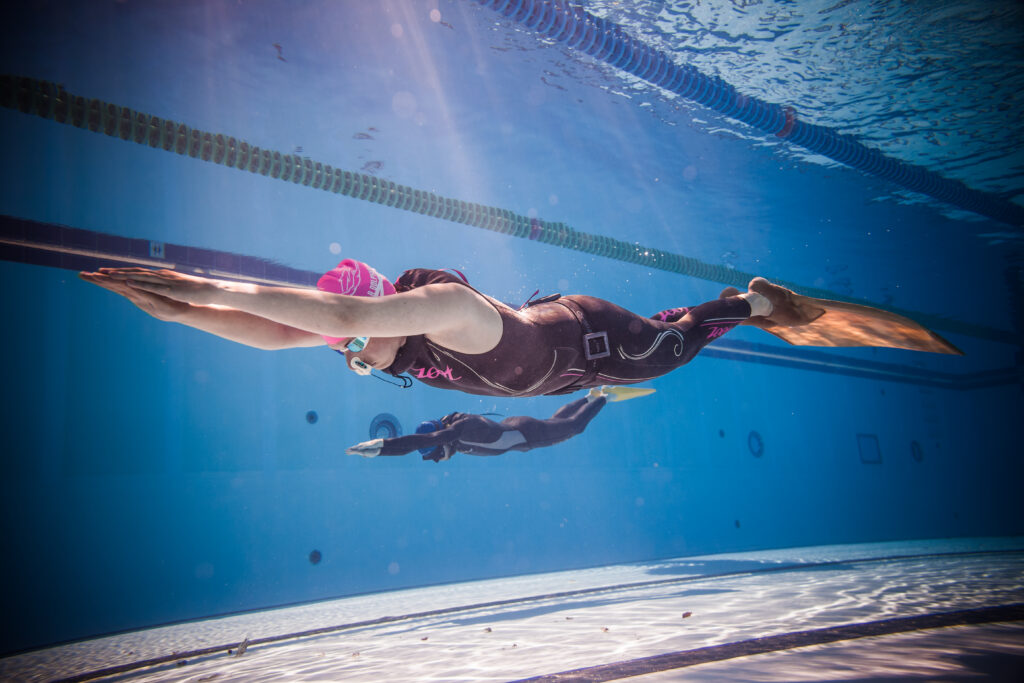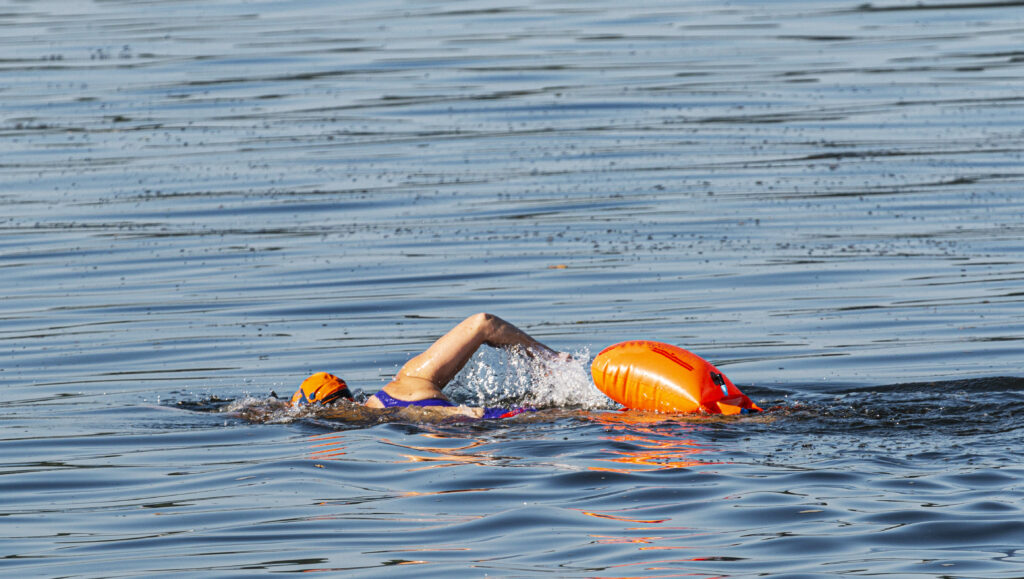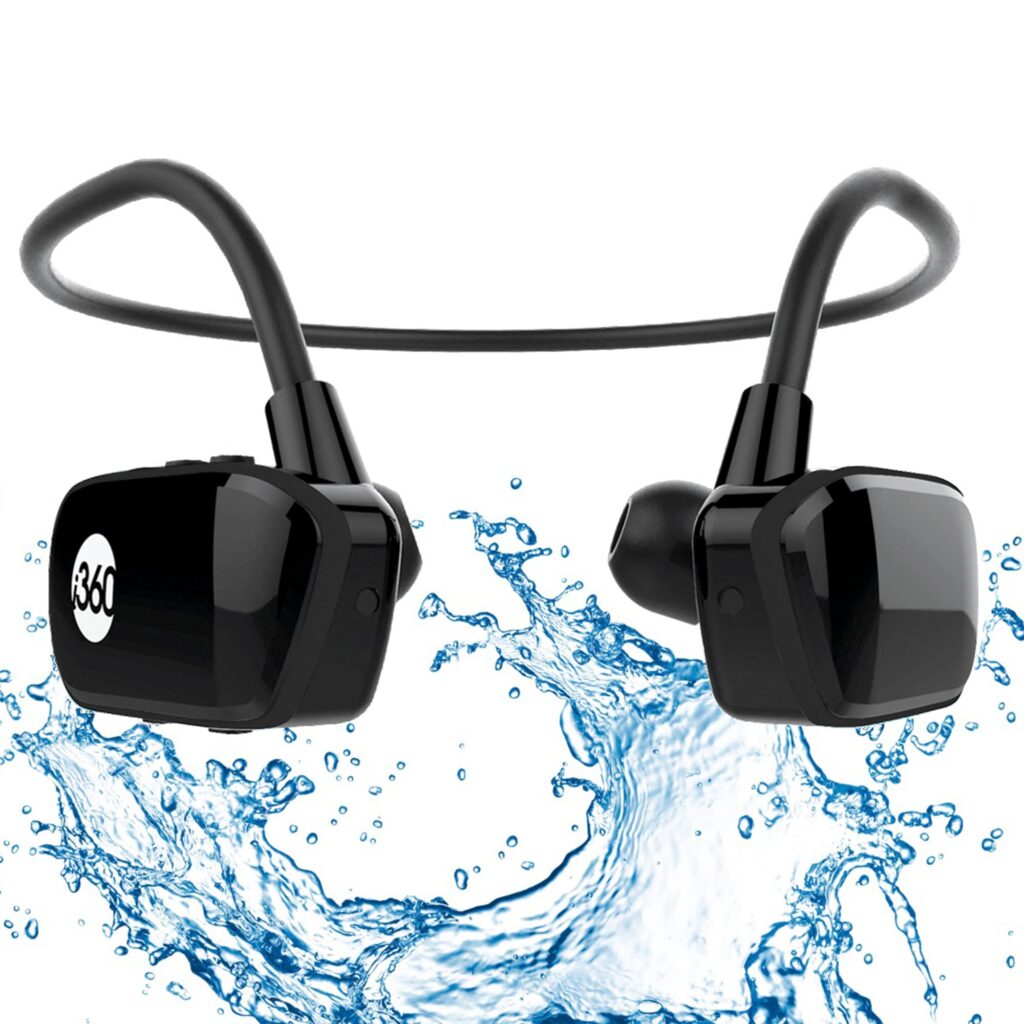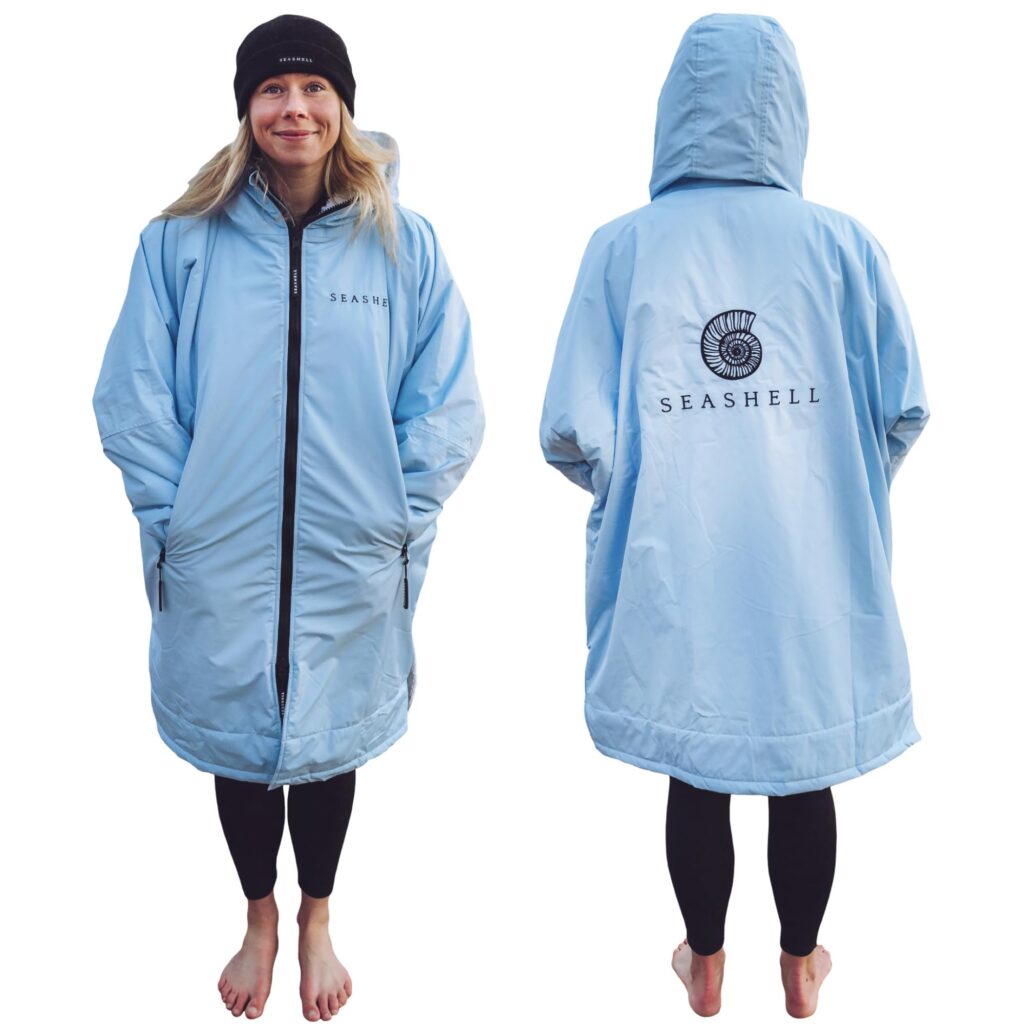Winter watersports demand specific gear to ensure safety, comfort, and performance in cold conditions. A men’s winter wetsuit is designed to provide thermal insulation while retaining flexibility, allowing participants in activities such as surfing or diving to endure frigid waters for extended periods. These wetsuits are typically thicker than their summer counterparts, with thicknesses around 5mm to 7mm being commonplace to offer substantial protection against the cold.
Selecting the right winter wetsuit is crucial for maximising one’s aquatic experience. The wetsuit’s material, usually neoprene, should be of high grade to ensure both insulation and durability. The fit is critical: it must be snug enough to prevent excess water flow, which can cause heat loss, yet not so tight as to restrict movement or circulation. Seams, zippers, and additional features like thermal linings and taped seams also play significant roles in enhancing warmth and overall functionality.
When considering a purchase, key factors to take into account include the type of seals at the wrists and ankles, the presence of a hood for additional warmth, and the suit’s overall flexibility. Personal preference will dictate the balance between ease of movement and thermal protection, but remember that an improperly fitting suit will significantly reduce its ability to maintain body heat.
After rigorous evaluation, considering design, material quality, and user feedback, we are prepared to introduce a selection of winter wetsuits that stand out from the rest. Our assessments have been thorough to guide you towards a wetsuit that will serve well in the coldest waters, optimising your winter water adventures.
Top Men’s Winter Wetsuits
We’ve thoroughly assessed a range of men’s winter wetsuits suitable for cold water adventures, evaluating their warmth, durability, and flexibility. Whether you’re gearing up for a morning surf or planning an extended diving session, our selection ensures you stay protected from the chilly elements while maintaining peak performance.
Cressi Diver 7mm Wetsuit

We reckon this Cressi Diver suit is a smart pick for divers seeking warmth and flexibility during their winter sea explorations.
Pros
- Exceptional warmth in cold waters
- Quality construction from a reputable brand
- Surprising flexibility for a thick suit
Cons
- Only available in larger sizes
- Can be quite buoyant, which may require additional weights
- A bit challenging to take off without assistance
Snug as a bug in a rug—that’s how I felt donned in my Cressi Diver 7mm wetsuit amidst the biting cold of the February North Sea. The revered brand, Cressi, doesn’t disappoint; the neoprene quality is, without doubt, top-tier. I’ve been thankful for the toasty dives, especially when others have chattered their teeth through their snorkels.
Encountering the usual chill of an 18°C dive, our recent scuba foray could have been a shiver-fest. Yet, comfort reigned supreme as the suit withstood the test. The 7mm thickness may have had me worried about movement, but rest assured, flexibility wasn’t compromised. On the move, the suit’s give and take was as if it were a second skin—ensuring no restriction on our underwater ballet.
Peeling it off post-dive did give our buddy system a run for its money. It’s a snug fit and dexterity isn’t at its peak after a long cold dive. Also, new divers, do be mindful you might need an extra few kilograms on your weight belt. The suit does tend towards the buoyant, an idiosyncrasy of many a warm suit. All things considered, the Cressi Diver suit hasn’t just been equipment; it’s been our faithful winter companion beneath the waves.
Essential Winter Wetsuit
If you’re in the market for a wetsuit that’ll keep you warm and flexible during your winter surf sessions, this could very well be your go-to gear.
Pros
- Exceptional warmth retention
- Notable flexibility in key areas
- Robust construction
Cons
- Heavier than some alternatives
- Can be tricky to put on and take off
- Requires careful maintenance to preserve longevity
Wearing the Essential Winter Wetsuit, we immediately noticed the snug fit and impressive insulation it offers. The neoprene thickness, apparently designed to withstand cold waters, does its job admirably without sacrificing too much on comfort. Initially, getting into the suit felt a bit cumbersome, but once zipped up, it contoured to our bodies nicely, providing a second-skin kind of feel which didn’t impede our paddling or wave riding.
On the surf, the flexibility around the shoulders and knees was evident. High-stretch panels must have been integrated in these zones, facilitating a full range of motion. The reinforced seams also suggest that this wetsuit is built to last, a crucial feature considering how frequently we find ourselves returning to the sea.
After a few uses, the downside of its heft became apparent, particularly when trying to peel it off after a long session. This drawback is a small price to pay, however, for the warmth it provides. Be warned though—care is paramount with this gear. Without proper rinsing and drying, we might compromise its integrity, which is something to consider for those less inclined toward meticulous gear maintenance.
Overall, the Essential Winter Wetsuit stands out as a solid choice. Its durability and performance in chilly waters clearly show that the manufacturers know what’s needed for winter surfing. Just remember, to keep it in top condition, give it the TLC it requires after braving the elements.
Winter Surf Gear
We believe this wetsuit is a solid choice for cold-water surfing due to its thermal protection and flexibility.
Pros
- Exceptional warmth in chilly waters
- Stretchable neoprene for free movement
- Durable stitching extends lifespan
Cons
- Can feel a bit restrictive at first
- Takes longer to dry
- Premium price point may not suit all budgets
When braving the frigid waves recently, the wetsuit we donned offered impressive insulation. Its snug fit kept us toasty, warding off the winter chill that often cuts surf sessions short. The neoprene’s elasticity allowed us to move with ease, paddling out without feeling hindered by the suit’s material.
However, no gear is without its drawbacks. Initially, the suit felt slightly constricting, though this sensation diminished after a few uses and proper break-in. Drying time post-surf was lengthier compared to our other suits, a minor inconvenience for the warmth provided. The higher price tag is indicative of quality, yet it’s an investment that requires consideration.
Overall, this wetsuit strikes a fine balance between warmth and performance. It stands resilient against the wear and tear of regular use, suggesting that it won’t need replacing any time soon. Whether carving waves at dawn or waiting for the perfect set in the evening, the wetsuit kept us properly shielded from the elements.
Waterproof W7 Wetsuit

If you’re after a wetsuit that adapts to various diving conditions and maintains comfort, this one’s a solid bet.
Pros
- Exceptional flexibility and comfort due to the 7mm Neoflex super-stretch neoprene
- Helps maintain body warmth with extended thermal lining
- Easy to don and doff with super-stretch glide skin seals and zippers at wrists and ankles
Cons
- Some users may find the suit too bulky for activities requiring sleek agility
- Duratex reinforcement areas may restrict movement for some divers
- Limited colour options available for those who prefer a more personalised look
We’ve just had the pleasure of trying out the Waterproof W7 Wetsuit, and our experience was noteworthy. It’s evident that the designers have put a premium on warmth and flexibility. The Neoflex neoprene hugged our bodies without feeling restrictive, which was appreciated during lengthy dives.
The extended thermal lining was also a standout feature, ensuring we stayed warm even in cooler waters. Moreover, the glide skin neoprene seals made getting into and out of the wetsuit a far less cumbersome process than we’ve encountered with other suits.
As with any product, there are a few points to consider. The wetsuit does lean on the bulkier side, which offers warmth and protection but may slow you down if speed is your priority. We also noticed that while the Duratex reinforcement on the seat and elbows indeed adds durability, it could impede flexibility for some divers, particularly during more technical manoeuvres.
Overall, we felt the suit lived up to its billing, providing a suitably warm, comfortable, and hard-wearing option for the earnest diver.
Winter Surf Pro
If you’re after warmth and flexibility for your cold water adventures, this wetsuit is a solid choice.
Pros
- Exceptional heat retention
- Surprising flexibility for a thick suit
- Durable sealed seams
Cons
- Somewhat challenging to don and doff
- Limited style options
- Higher end of the price spectrum
After a chilly morning session, I can confidently say warmth is where this wetsuit excels. Its material has remarkable thermal properties that keep you snug even when the water’s biting cold. We felt toasty throughout our time in the surf, a testament to its heat-retention capabilities.
I anticipated stiffness, but this suit delivered the opposite; it moves with you, not against you. Paddling out and popping up on waves felt unrestricted. Such dexterity in a thick wetsuit was impressive, and our mobility remained uncompromised, a crucial factor for those lengthy sessions.
Sturdiness is also among this suit’s virtues. The seams are robust and well-sealed, warding off water ingress impressively. We spent hours testing it in the surf, and not once did it falter; the construction is top-notch. However, getting into this suit took some effort, and at times, I wished it was a bit more forgiving. A variety of styles wasn’t on offer, but functionality certainly overrode fashion here. Finally, while the price tag might not cater to all, we consider the investment worthwhile for consistent cold-water surfers.
Buying Guide
When choosing a men’s winter wetsuit, several key features demand our attention for optimal performance and comfort. Our selection process should be methodical, focusing on factors that enhance warmth, flexibility, and durability.
Thickness
The thickness of the wetsuit is paramount. Generally, wetsuits for winter range from 5mm to 7mm. Thicker suits offer better insulation, but can restrict movement. We balance warmth against flexibility for our desired water activity.
Fit
A snug fit is crucial; it prevents water from circulating inside the wetsuit, which can sap body heat. We ensure that the wetsuit fits well around our neck, wrists, and ankles, but isn’t too constricting.
Materials
Wetsuit materials can vary:
| Material | Benefits |
|---|---|
| Neoprene | Excellent insulation and stretch |
| Limestone-based neoprene | More eco-friendly and maintains flexibility in colder temperatures |
High-quality neoprene provides better insulation and durability.
Seams
The construction of the seams affects water penetration and flexibility:
| Seam Type | Characteristics |
|---|---|
| Flatlock | Good for warmer conditions, less watertight |
| Sealed | Glued and then stitched, offers more warmth and durability |
| Sealed and Taped | Glued, stitched, and taped for the best insulation against cold water |
We favour sealed and taped seams for cold water conditions.
Additional Features
- Internal Lining: Look for thermal linings that retain heat without adding bulk.
- Entry System: Besides the traditional back-zip, chest-zips or zip-free entries can offer improved flexibility and reduce water flushing.
- Knee Pads: Reinforced knee pads offer durability and protection without compromising movement.
By carefully considering these features, we find a winter wetsuit that matches our needs without compromising on warmth or performance.







